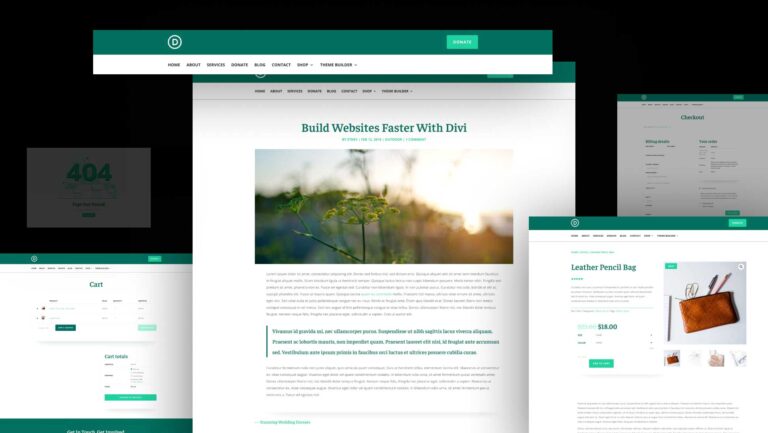Choosing WordPress as the platform for your website is a wise decision. It provides access to a wide range of themes, plugins, and possibilities. However, there are responsibilities that come with using WordPress, such as keeping your installation up-to-date. Regular software updates are important for improving website security, fixing bugs, and adding new features.
While it may seem like hitting the update button is the right thing to do, there is potential for harm. This was highlighted in a recent supply chain attack on multiple WordPress plugins, where hackers added malicious code to legitimate software. This incident serves as a reminder to take precautions before installing updates.
To keep your site safe when updating WordPress, here are some tips:
1. Find out what’s changing: While you can automatically update WordPress core, plugins, and themes, this puts you at risk for a supply chain attack. It’s safer to manually update plugins and themes. Take the time to research and understand what changes are being made before updating.
2. Back up your website frequently: In addition to security risks, software updates can also cause compatibility issues or conflicts with other plugins or themes. It’s always a good idea to back up your site before applying updates. Your web host may provide backup capabilities, or you can use a backup plugin.
3. Test each update for issues: After installing updates, it’s important to test them to ensure everything is working correctly. If possible, use a staging environment to test without impacting users. Test different aspects of your site that could be impacted by the update and use browser developer tools to identify any issues.
Taking a holistic approach to updating WordPress involves being proactive and paying attention to the updates you install. Conduct research, keep backups of your site, and test updates before implementing them. By doing so, you can ensure the safety and functionality of your website for both yourself and your users.






